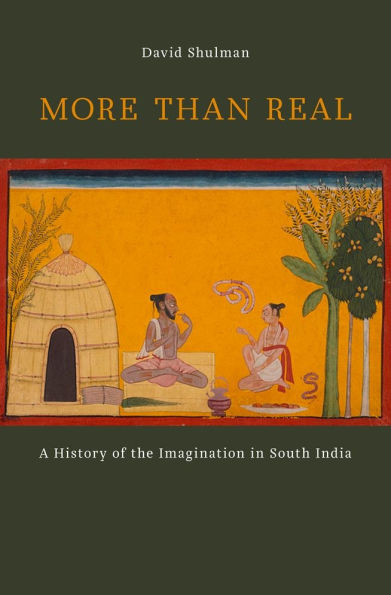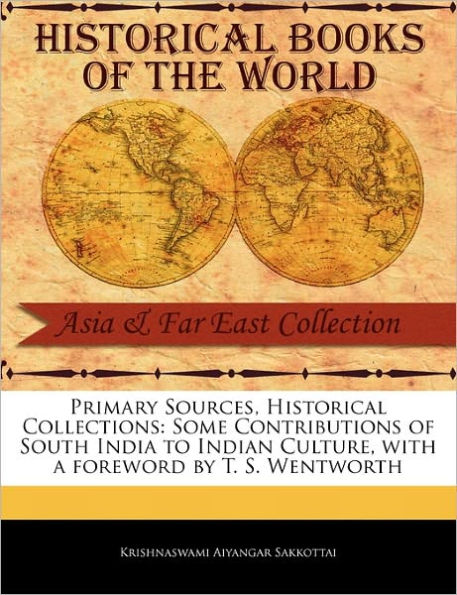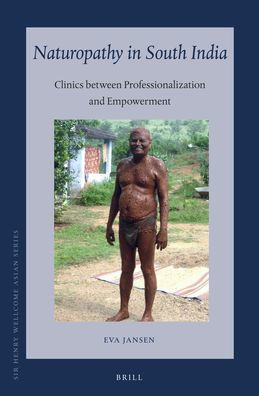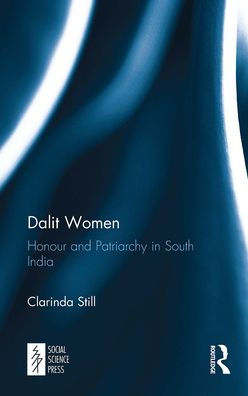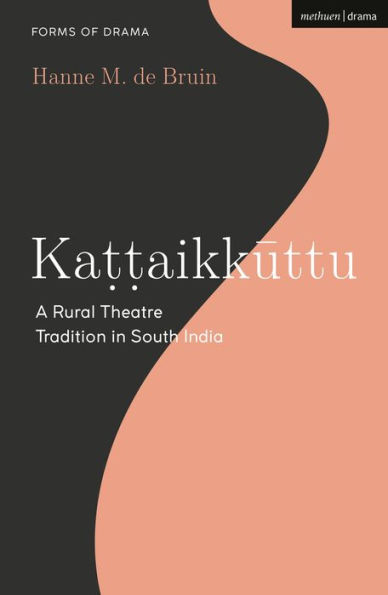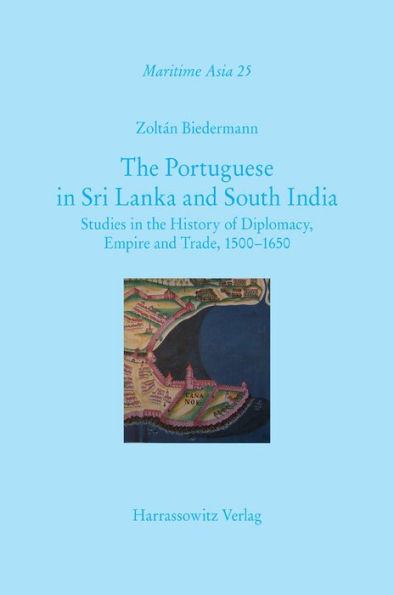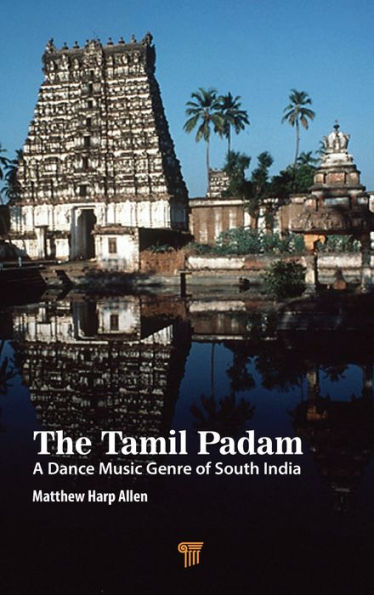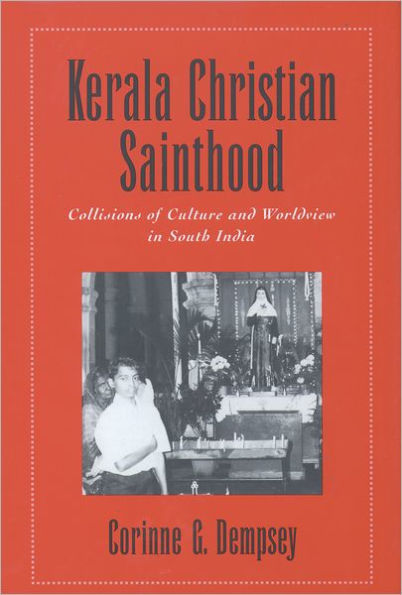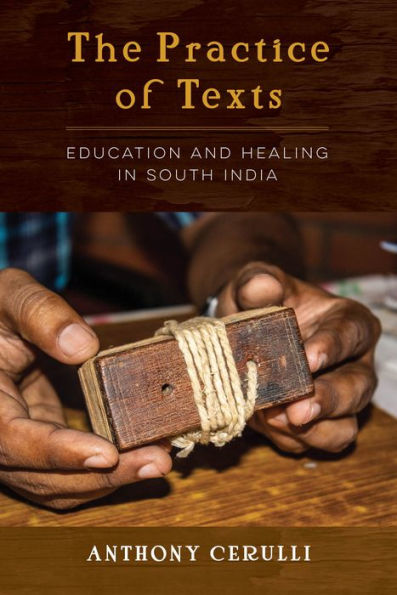Home
Weaving Histories: The Transformation of the Handloom Industry in South India, 1800-1960
Barnes and Noble
Weaving Histories: The Transformation of the Handloom Industry in South India, 1800-1960
Current price: $105.00
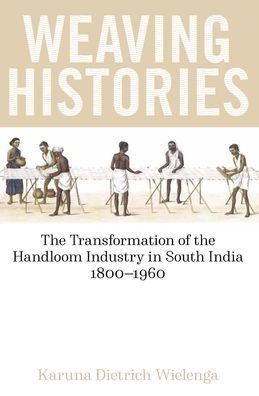

Barnes and Noble
Weaving Histories: The Transformation of the Handloom Industry in South India, 1800-1960
Current price: $105.00
Size: OS
Loading Inventory...
*Product information may vary - to confirm product availability, pricing, shipping and return information please contact Barnes and Noble
Weaving Histories
looks at the economic history of South Asia from a fresh perspective, through a detailed study of the handloom industry of South India between 1800 and 1960, drawing out its wider implications for the Indian economy. It employs an unusual array of sources, including paintings and textile samples as well as archival records, to excavate the links between cotton growing, cleaning, spinning and weaving before the nineteenth century. The rupture and re-configuration of these links produced a sea-change in the lives of ordinary weavers.
examines the configuration of forceslocal, regional, national and globalthat drove this transformation, and uncovers its effects on different groups of weavers.
The handloom industry is used as a case study to throw light on the historical emergence of the 'informal sector' in India, and to re-examine contemporary debates about industrialisation and economic development.
looks at the economic history of South Asia from a fresh perspective, through a detailed study of the handloom industry of South India between 1800 and 1960, drawing out its wider implications for the Indian economy. It employs an unusual array of sources, including paintings and textile samples as well as archival records, to excavate the links between cotton growing, cleaning, spinning and weaving before the nineteenth century. The rupture and re-configuration of these links produced a sea-change in the lives of ordinary weavers.
examines the configuration of forceslocal, regional, national and globalthat drove this transformation, and uncovers its effects on different groups of weavers.
The handloom industry is used as a case study to throw light on the historical emergence of the 'informal sector' in India, and to re-examine contemporary debates about industrialisation and economic development.
